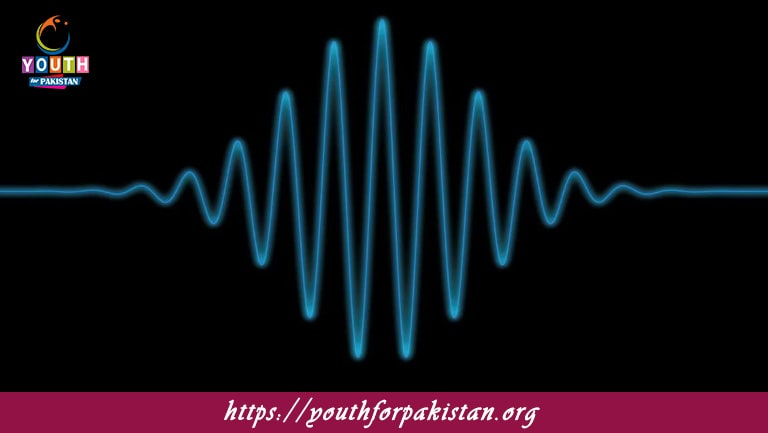Vibration MDCAT Quiz with Answers

Vibration MDCAT Quiz refers to the repetitive back-and-forth motion of an object about its equilibrium position. It is a type of oscillatory motion and can occur in solids, liquids, and gases. Vibrations are fundamental to various natural and mechanical phenomena, such as sound production, structural dynamics, and molecular interactions. For MDCAT students, understanding vibrations is important in mastering topics related to waves, oscillations, and energy transfer.
Characteristics of Vibrations
Vibrations can be classified as free and forced. Free vibrations arise when a system is displaced from its equilibrium position and allowed to oscillate without any external force acting on it. For instance, a simple pendulum swinging after being pushed shows free vibration. On the other hand, forced vibrations arise when an external periodic force drives the system, for example, the vibration of a bridge due to traffic or a musical instrument string vibrating under continuous input.
The frequency of vibration is one of the important parameters and is described as the number of oscillations in one second. In case no damping force acts upon the system, the vibration would continue to last forever, which is an idealized case. In reality, due to damping—say, caused by air resistance or internal friction—the vibration loses energy with time; hence, its amplitude reduces.
The amplitude of vibration is the maximum displacement of the vibrating object from its equilibrium position. The greater the energy in the system, the larger the amplitude of vibration.
Importance of Vibrations in Physics
Vibrations are very important in the study of waves since any object that vibrates produces waves in the environment. Vibrating strings produce sound waves while vibrating molecules emit electromagnetic waves within certain ranges of frequencies. In structural engineering, vibrations are also an important consideration since too much vibration in buildings and bridges, among other structures, can lead to failure.
MDCAT Quiz: Vibration
The MDCAT Quiz on Vibration tests students on the principles of free and forced vibrations, energy dissipation due to damping, and the relationship between frequency, amplitude, and time period. Students may also encounter questions about resonance, where the natural frequency of a system matches the frequency of an external force, resulting in maximum energy transfer and large amplitudes.
- Test Name: Vibration MDCAT Quiz
- Type: Quiz Test
- Total Questions: 30
- Total Marks: 30
- Time: 30 minutes
Note: Answer of the questions will change randomly each time you start the test, once you are finished, click the View Results button.
Free Flashcards for Vibration
Free flashcards concerning vibrations are great to study for MDCAT preparation. These include formulae and flashcards on types of vibrations, displacement, energy in vibrating systems, and applications of resonance. Through regular revision, these flashcards will help one reinforce their concepts and strengthen their ability to solve problems related to vibrations more effectively.

What happens to the frequency of vibration as the amplitude increases?
The frequency remains unchanged

What is the restoring force in a vibrating system responsible for?
Bringing the system back to equilibrium

In vibration, what does the phase of oscillation refer to?
The position of the oscillating object at a particular time

What is resonance in vibration?
When the frequency of external force matches the natural frequency of the system

How is the period of vibration related to the stiffness of a spring-mass system?
It is inversely proportional

In vibration, the term "underdamped" refers to a system where:
The system oscillates with gradually decreasing amplitude

In the context of vibration, what is the term "natural frequency" used to describe?
The frequency at which an object naturally vibrates

What is the term used for the vibration that is induced by an external periodic force?
Forced vibration

In a vibration system, what causes the oscillating object to return to its equilibrium position?
Restoring force

What happens during over-damping in vibration?
The object does not oscillate but gradually returns to equilibrium

What type of vibration occurs when the system oscillates with a decreasing amplitude?
Damped vibration
Experience the real exam environment with our expertly designed collection of over 25,000 MCQs MDCAT Mock Tests.





